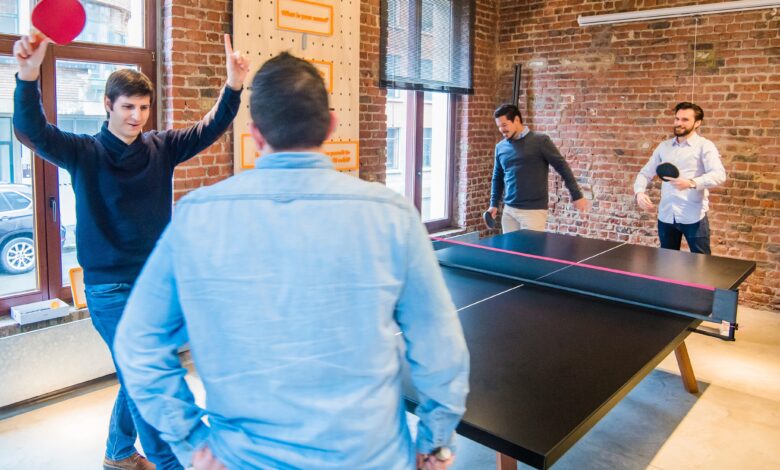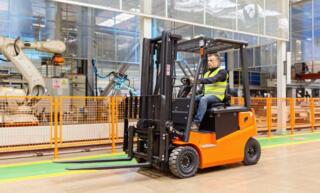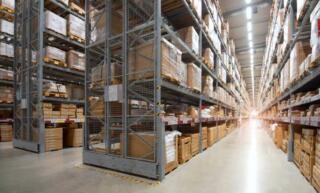
Office Makeover: The Power of Recreational Spaces and Food Corners
In today’s fast-paced and competitive business world, companies always work hard to establish a work environment that encourages employee happiness, efficiency, and innovation. While traditional office setups prioritize practicality and effectiveness, there is an increasing understanding of the significance of creating spaces that support employee health and improve the atmosphere. This is where recreational areas and food corners come into play. They serve as resources to turn the office into a connection, teamwork, and revitalization space.
The Impact of Office Design on Employee Well-being
Our work environment influences our emotions, vitality, and overall happiness. A well-planned workspace can stimulate innovation, improve concentration, and alleviate stress. Conversely, a weaker-designed area can result in tiredness, lack of focus, and discontentment. Research indicates that lighting, noise control, and exposure to light play a role in employee effectiveness and well-being within an office setting.
Recreational Spaces – More Than Just Fun
Recreational areas in the workplace serve a purpose other than providing relaxation and entertainment. They boost employee engagement, foster team unity, and cultivate a sense of community. These spaces can come in many forms, from game rooms with arcade machines and board games to relaxation zones featuring comfortable seating and soft lighting. Prominent companies like Google and Facebook have fully embraced the idea of spaces seamlessly integrating them into their office designs to create an environment that encourages employees to take breaks from their workstations, reenergize themselves and establish connections with their colleagues.
Food Corners – Fostering Community and Collaboration
Food plays a role in bringing people and creating a sense of community. Having kitchens or designated food areas at the workplace serves as a central meeting point where colleagues can come together enjoy meals and engage in conversations. These spaces help bridge gaps between departments, promote collaboration, and cultivate a feeling of belonging. Research indicates that sharing meals with coworkers can enhance communication, teamwork, and overall satisfaction in the workplace. To further boost everyone’s morale, here are some creative menu ideas for corporate breakfast catering and start the day strong with a happy stomach.
Designing Recreational and Food Spaces
Designing practical recreational and food spaces requires careful consideration of size, location, equipment, and ambiance. These spaces should be strategically placed to maximize accessibility and visibility without disrupting the flow of work. The selection of equipment and furniture should align with the company’s culture and the desired atmosphere. For example, a game room might feature arcade machines, pool tables, and comfortable seating, while a relaxation area might include lounge chairs, dim lighting, and soothing décor.
Integrating Recreation and Food with Work Culture
Building engaging areas necessitates contemplating various factors such as dimensions, placement, amenities, and overall atmosphere. Positioning these spaces to ensure access and prominence without interfering with productivity is crucial. When choosing equipment and furnishings, it’s essential to align them with the company’s identity and the desired ambiance. For instance, a game room could be adorned with arcade machines, pool tables, and cozy seating arrangements, while a relaxation zone might feature lounge chairs, soft lighting, and tranquil decor.
Employee Feedback and Continuous Improvement
Asking and valuing input from employees regarding dining areas is vital to ensure their effectiveness and alignment with employee needs. Conducting surveys or informal conversations can offer insights into how these spaces are utilized and how they can be further improved. It is important for companies to be receptive to this feedback and adjust and enhance these spaces accordingly, demonstrating a commitment to creating an office environment that genuinely promotes employee well-being.
Recreational spaces and food corners are not just extravagant features in the workplace; they are essential elements of a well-designed office that nurtures employee satisfaction, productivity and creativity. By integrating these areas into office layouts, companies can establish a hub for connection, collaboration, and rejuvenation. This transformation turns the workplace into an environment that supports employee well-being while also contributing to long-term success.




